Public XAI, Creative AI for Good, and other emerging themes in AI & Arts
Images generated by The New Real Observatory platform.
The New Real has set out to understand how AI can augment and be enriched by the arts, and how far data science and the arts can help to answer each other’s questions, a question posed by the new AI & Arts group at the Alan Turing Institute. It emerged from the Experiential AI research theme which aims both to support the creation of significant artistic works, and to inspire new concepts and paradigms on ethical and responsible AI.
We have identified four promising directions for future research and development in AI & Arts:
1. Creative AI for good
2. Human-centred creative AI
3. Next generation intelligent experiences
4. Public XAI and future audience literacy
Our group first came together to explore how the arts could help to address challenges in AI science. In our research we have seen that AI artists are adept at surfacing critical issues and scaffolding human understanding through the design of digital experiences. We found a field of critical practice in which artists work with AI technologies and data both as medium and as theme, both as tool and as topic. This has helped us to identify strategies used by artists and curators to develop and delight online audiences while simultaneously negotiating tensions and dilemmas that arise with AI-fuelled and data-driven experiences.
Building on this we asked how artistic methods can complement work in 'explainable AI' (XAI) by helping to make data-driven AI and machine learning tangible, interpretable, and accessible to the intervention of end users. Here, we are not concerned only with the internal operations of algorithms. We are also concerned with opening up algorithms, the science behind them, and their potential impacts in the world to user intervention, public scrutiny and policy debate. We propose this can complement existing work in explainable AI that reveals an algorithms inner workings, by making tangible and illuminating underlying assumptions of machine learning models, processes that generate their data, or the social setting in which automated decision making is situated.
This leads us to propose that legible intelligent systems need to be open to understanding and intervention at four levels:
Aspect - the institutional dimension and the themes or issues of concern,
Algorithm - the technology and catalyst that enables and is developed by the work,
Affect - the quality and character of an experience for an audience, and
Audience and Apprehension - the people it reaches and the impact upon them.
In The New Real we have also looked at how innovative approaches to the design of digital and hybrid experiences can support recovery and resilience in the creative sector. Our findings (summarised here) include near future scenarios and promising directions for future research and development for festivals. We brought these two strands of work together to propose future challenge themes for research and development on the Arts and AI.
1. Creative AI for good
Building on the need for the festivals sector to generate new sustainable value we propose an inclusive and universal approach to responsible creative AI with a specific commitment to promote diversity, fairness and accountability for positive societal and environmental impact.
2. New paradigms for human-centred creative AI
Provocatively we ask how art and creativity can help to radically change how we think about AI design, moving beyond the current paradigm of learning patterns from large amounts of data, to embrace human traits such as bias, disagreement, and uncertainty as a signal with creative potential rather than noise that needs to be removed.
3. Next generation intelligent experiences
To answer the sector demand for serendipity and sponteneity in hybrid formats we ask how we can simultaneously infuse experiences with intelligence, and intelligence with serendipity. We envision experiences infused with AI that foster serendipitous, unexpected interactions for audiences, across creative industries from TV and broadcast to games and advertising.
4. Public XAI and future audience literacy
Finally, we ask what audiences can learn about AI, and what we can learn about audiences using AI, when we democratise public understanding of AI and Machine learning through accessible, open and inclusive explainable AI that provides the kinds of explanations humans need. We hope this can inform research and development on the use of AI and data systems to support engagement and trust in news, science, and entertainment.
We invite you to join us on this journey which we hope can inspire a transformative research agenda for both AI science and the creative industries for the coming decade.
Links and further reading:
You can read our thoughts on the contributions of experiential methods to explainable AI and the thinking behind the Experiential AI framework (4A's) here.
The challenge themes were first proposed building on scenarios and promising directions for future R&D in the festivals sector here.
Our early reflections on how AI artists can help us understand the New Real are published here.
The first time the Experiential AI theme was proposed is in this article for AI Matters.

